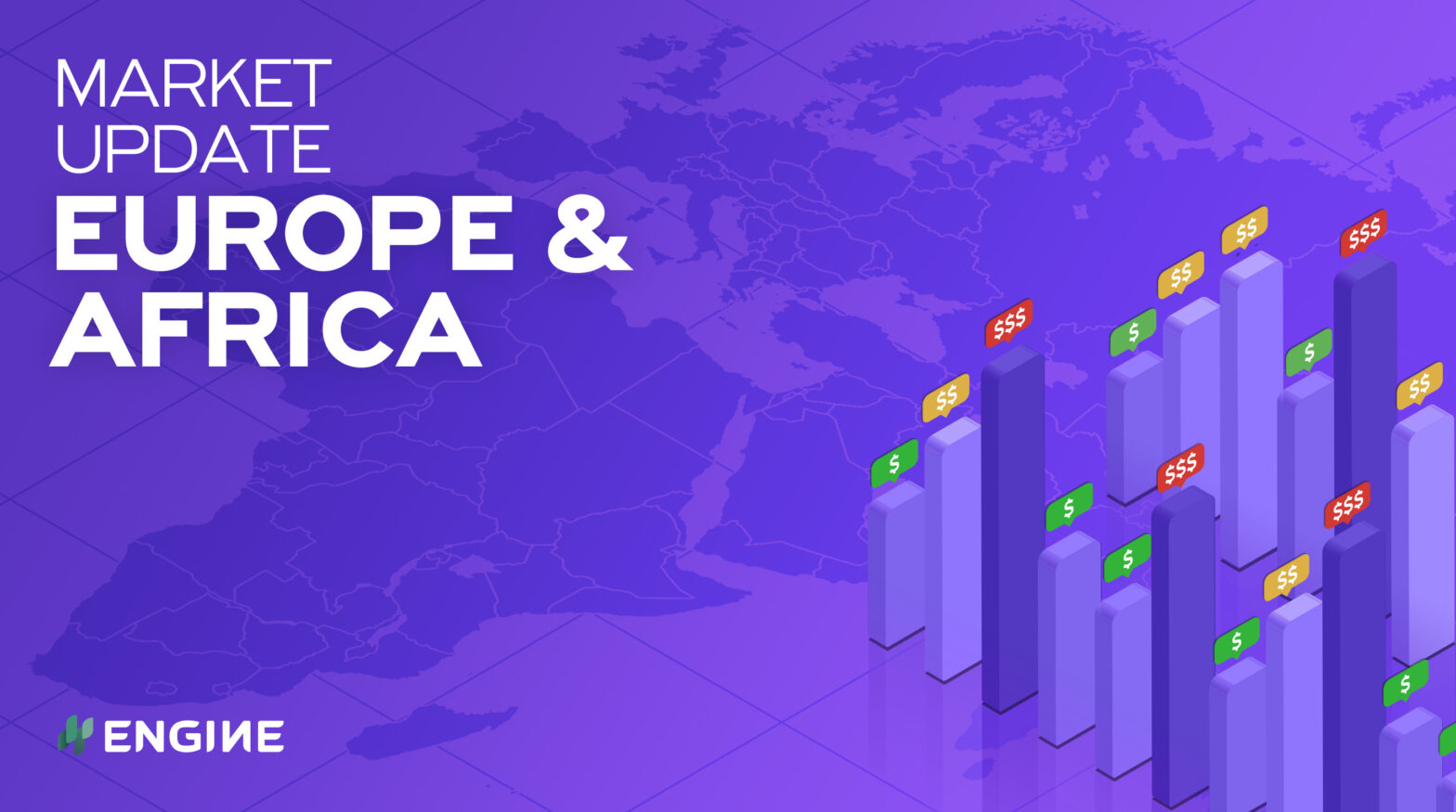Bunker prices are sharply down in Europe and Africa as Brent sheds more than 3% on the day.
Changes on the day to 08.00 GMT today:
- VLSFO prices down in Gibraltar ($16/mt), Rotterdam ($12/mt) and Durban ($4/mt)
- LSMGO prices down in Gibraltar ($16/mt), Rotterdam ($15/mt) and Durban ($5/mt)
- HSFO prices up down in Rotterdam ($15/mt), Durban ($13/mt) and Gibraltar ($6/mt)
Rotterdam’s VLSFO price flipped to premiums over Skaw and Gothenburg this week, with premiums widening to $5-9/mt in the past day. Gibraltar has also become more competitive against Rotterdam, with its premium narrowing to just $5/mt now.
LSMGO remains at significantly lower levels in Rotterdam, where it is priced $22/mt below Skaw and Gothenburg, and $32/mt below Gibraltar.
The two fuel grades are readily available across the ports.
High swell has delayed some bunker operations at outer anchorage in Las Palmas, port agency MH Bland informs. Swell and waves are forecast to peak in Las Palmas tomorrow, and will remain high into Saturday and Sunday morning.
Tenerife is more sheltered from the swell around the Canary Islands, and bunkering is carried out as normal at its outer anchorage.
Gibraltar Strait ports also have strong winds and swell forecast from tonight and tomorrow. No vessels are currently waiting to bunker in Gibraltar, but bunkering could get disrupted and lead to delays.
Port Elizabeth has gale forecast this afternoon. Big waves are expected for the next week, with peaks of over four metres tomorrow and over six metres next Thursday.
The port’s VLSFO discount to Durban has doubled in the last day, to $16/mt.
Brent
The ICE Brent September futures contract has lost $2.48/bbl on the day, to $72.59/bbl at 08.00 GMT today.
OPEC+ talks are still at an impasse after negotiations broke down last week and a new meeting was called off on Monday. Saudi Arabia and the UAE clashed over output policy, and Russia is now leading efforts to broker a deal between the parties.
Concerns that OPEC+ unity could disintegrate for individual members to pump as many barrels as they see fit has led to a selloff in Brent.
The US Energy Information Administration (EIA) forecasts Brent will average $72/bbl in the second half of the year, as higher global crude production will start limiting the inventory draw seen in the past year.
“In the coming months, we expect that global oil production, largely from OPEC+ members (OPEC and partner nonmember countries), will increase by more than global oil consumption,” it said in an new outlook.
The EIA believes Brent will dip to average $67/bbl next year.
“In 2022, we expect that continuing growth in production from OPEC+ and accelerating growth in U.S. tight oil production, along with other supply growth, will outpace growth in global oil consumption and contribute to declining oil prices,” it said.
